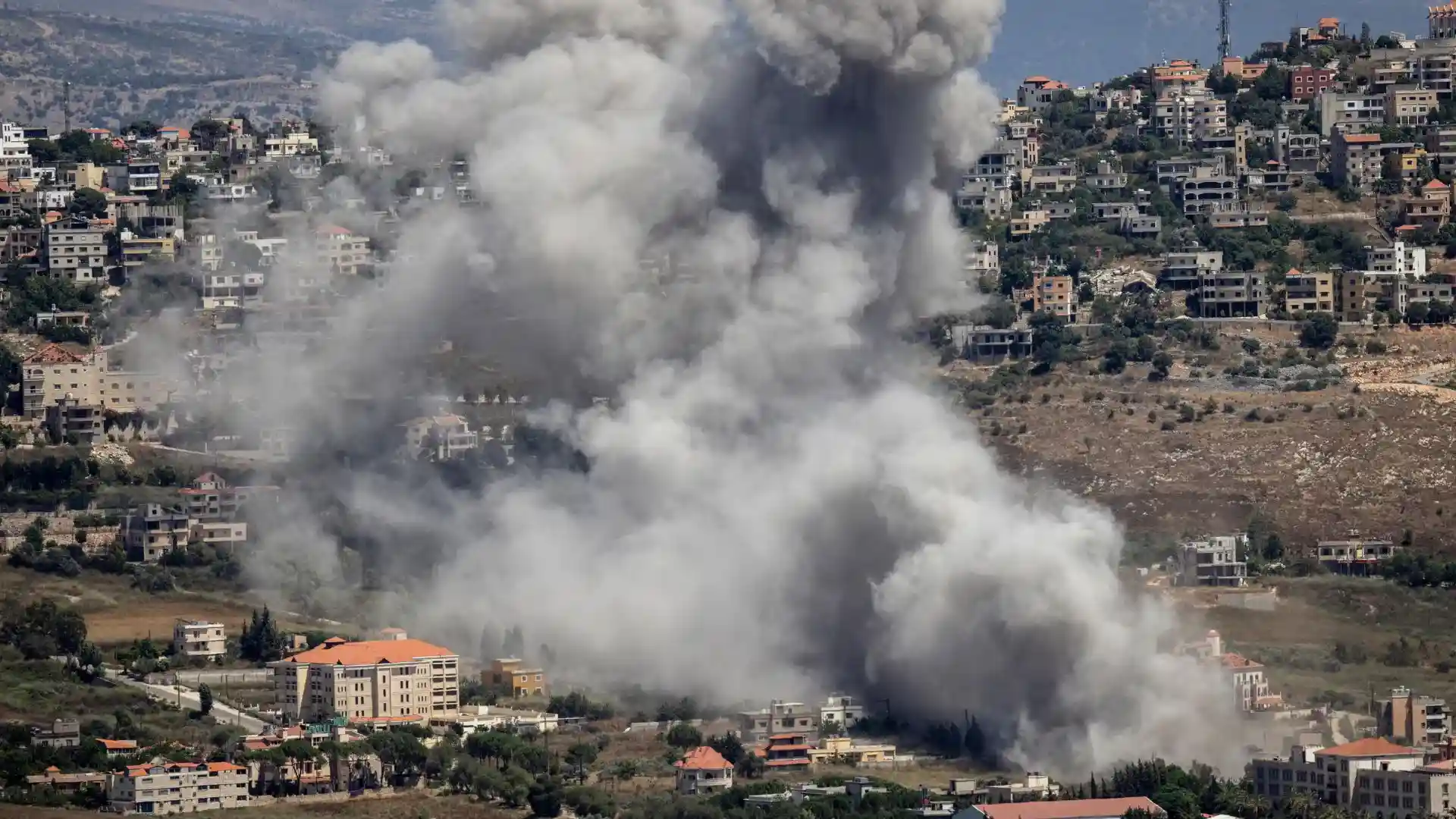Delhi Environment Minister Gopal Rai announced on October 18 that the government has established a coordination committee to tackle local sources of pollution at 13 specific locations in the city, where air quality has severely deteriorated.
These areas are suffering from ‘very poor’ air, with the Air Quality Index (AQI) exceeding 300.
The affected locations include:
– Narela
– Bawana
– Mundka
– Wazirpur
– Rohini
– RK Puram
– Okhla
– Jahangirpuri
– Anand Vihar
– Punjabi Bagh
– Mayapuri
– Dwarka Sector-8
#WATCH | Delhi Environment Minister Gopal Rai says, “Winter is coming and the level of air pollution is increasing. The level has reached the poor category in Delhi. There are 13 hotspots in Delhi where AQI has crossed 300- Wazirpur, Mundka, Rohini, Jahangirpuri, Anand Vihar,… pic.twitter.com/IFIdqwzDlq
— ANI (@ANI) October 18, 2024
During a press conference, Rai explained that while Delhi’s overall air quality is in the ‘poor’ category, the pollution levels at these 13 hotspots have worsened, crossing into the ‘very poor’ range. The newly formed committees, led by the deputy commissioners of the Municipal Corporation of Delhi (MCD), will focus on identifying the sources of pollution and implementing mitigation measures.
Addressing the deteriorating air quality in the National Capital, Rai stated, “The decreasing wind speed and dropping temperatures are causing the pollution levels to spike. This has pushed the city’s air quality into the ‘poor’ category, with certain hotspots experiencing even more severe pollution.”
He also criticized the BJP governments in neighboring states—Uttar Pradesh, Haryana, and Rajasthan—for failing to address cross-border pollution sources. Rai mentioned that while the Supreme Court had directed both Delhi and the central government to install smog towers, more effort is needed from other governing bodies.
#WATCH | Delhi Environment Minister Gopal Rai holds a meeting with officials over the air pollution situation in the national capital. pic.twitter.com/RFN4iFP6v9
— ANI (@ANI) October 18, 2024
To combat the situation, the Delhi Pollution Control Committee (DPCC) has stationed engineers at all identified hotspots to monitor the pollution levels, with daily updates being sent to a centralized ‘Pollution War Room.’ Dust has been highlighted as a significant factor contributing to the high AQI at these locations. To tackle this, 80 mobile anti-smog guns have been deployed to reduce dust levels in the most affected areas.
This coordinated effort reflects the Delhi government’s ongoing response to the worsening air quality in the city as it prepares for the winter months when pollution typically worsens due to various factors such as reduced wind speed, low temperatures, and increased emissions.
Also Read: Delhi Turns To A Gas Chamber, Air Quality Index Turns To 298


















